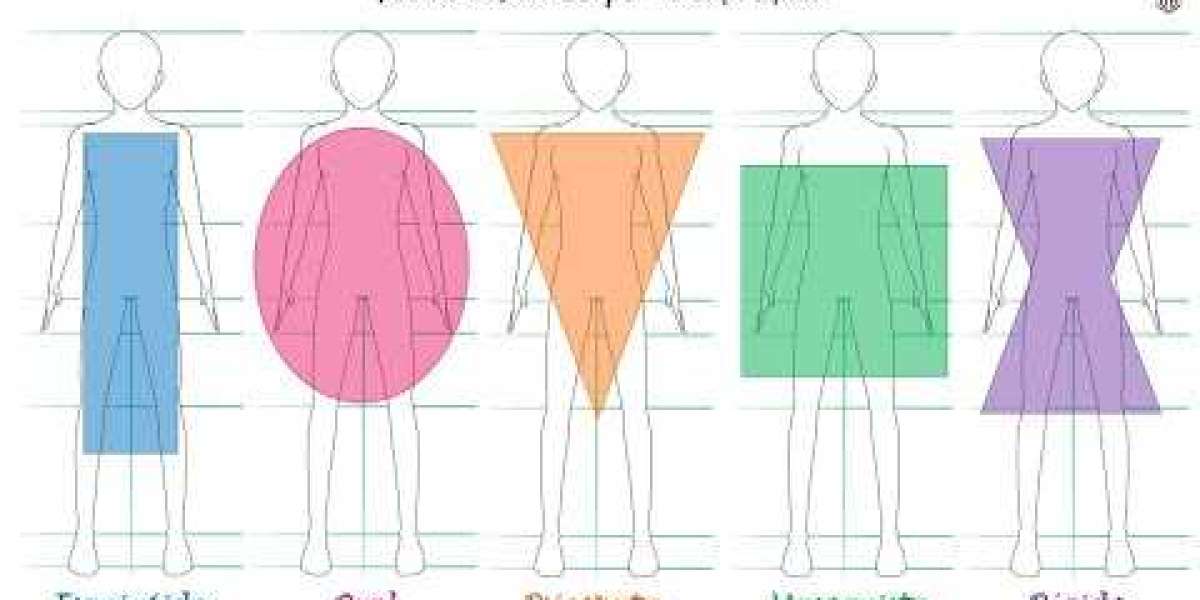Glomerular filtration rate
Renal disease is a number one explanation for morbidity and mortality in veterinary patients, with an estimated prevalence of zero.5% to 7% in canine and 1.6% to 20% in cats. Diseases of the kidney that can be surgically handled are much less common, and surgery tends to concentrate on obtaining tissue samples (biopsy), extracting calculi, and offering treatment for traumatic injury or neoplastic situations. The importance of the kidneys in elimination of metabolic waste merchandise, maintenance of regular fluid steadiness, and regulation of blood strain can complicate surgical intervention as a result of sufferers with major or secondary renal disease are typically poor anesthetic and surgical candidates. A good understanding of renal anatomy, physiology, and function is as important to surgeons as understanding diagnostic and surgical procedures involving the kidney.
Initial steps in investigating, managing, and monitoring impaired GFR as identified by an elevated SDMA
Only a few drugs are eliminated almost completely unchanged by the kidneys, and most of them endure metabolization reactions [11]. Although the renal metabolism is generally lower than that of the liver or gastrointestinal tract, it has been suggested that the kidneys may be answerable for 15–40% of the metabolization of some medicine, primarily through the response of sulphation and glucuronidation [9,47]. In sufferers with kidney dysfunction, the renal excretion of father or mother drugs and/or energetic metabolites is commonly impaired, possibly due to alterations in drug-metabolizing enzyme exercise attributable to the buildup of uremic toxins, leading to their extreme accumulation within the physique [48,49]. Moreover, the non-renal clearance of medication in sufferers with CKD may be additionally compromised because of lowered metabolic enzyme activity and alterations within the function of transporters brought on by uremic toxins [11]. Urine-specific gravity offers important details about the renal urine concentrating capacity and it's extensively reported that, in canine with pre-renal azotemia, USG should exceed 1.030, while in cats, it ought to exceed 1.035 [15,31].
What to do following diagnosis – interventions in early CKD
Most typically, AKI is recognized in superior phases and is characterised clinically by anorexia, melancholy, dehydration, oral ulceration, vomiting and/or diarrhea, or oliguria. Physical examination findings often reveal dehydration but in any other case are often not outstanding, although ache is sometimes elicited on palpation of the kidneys, which can be regular in dimension to slightly enlarged. In general, animals in substage AP3 and people in substage AP2 with preexisting target organ damage (eg, retinal damage or CKD) should be thought of candidates for antihypertensive therapy. Given its ability to detect renal dysfunction before different, extra conventional markers, SDMA is usually a helpful addition to a wellness examination. Early detection of kidney dysfunction should result in applicable steps being taken to guard remaining function, similar to dietary management and optimizing hydration.
Bacterial Culture of Urine:
Hyperkalemia is a potentially life-threatening sequela of renal failure, urethral obstruction, or acidemia. Elevated levels of circulating potassium (above 6.5 mmol/L) can result in decreased myocardial contractility and bradycardia, and may initiate cardiac arrest. The affected person with a plasma potassium concentration above 6.5 mmol/L shouldn't be anesthetized unless other processes are concurrently threatening life and have to be addressed first. Suspected hyperkalemic patients should have ECG monitoring for the presence of peaked T waves but also for bradycardia, flattening or absence of P waves, and prolongation of QT interval.
Global Kidney Function Tests Market Segmentation
They may also advocate imaging studies, such as X-rays or ultrasounds, to judge the liver and different organs. Prognostic Significance of ALPIncreases in serum complete ALP with major hepatobiliary illness are indicative of energetic hepatobiliary illness. The improve is usually-but not always-proportional to the severity of ongoing injury. In end-stage fibrotic liver disease, however, complete ALP will not be elevated in proportion to the degree of hepatic disease because of enzyme depletion secondary to alternative of regular hepatocytes by fibrosis.
Hay varios factores que pueden influir en el incremento del GPT en el cuerpo humano. Otro factor es la obesidad, puesto que el exceso laboratorio de analises clinicas veterinaria grasa en el hígado puede ocasionar daño hepático y aumentar los escenarios de GPT. El hígado es un órgano escencial en el cuerpo de los perros, ya que es responsable Laboratorio de analises clinicas veterinaria filtrar y eliminar toxinas del cuerpo. Sin embargo, el hígado también puede padecer daños gracias a enfermedades, infecciones o exposición a substancias tóxicas.
These exams additionally assist us evaluate senior dogs’ well being and those with signs of illnesses (such as Addison’s, diabetes, kidney ailments or others), diarrhea, vomiting or toxin publicity.







